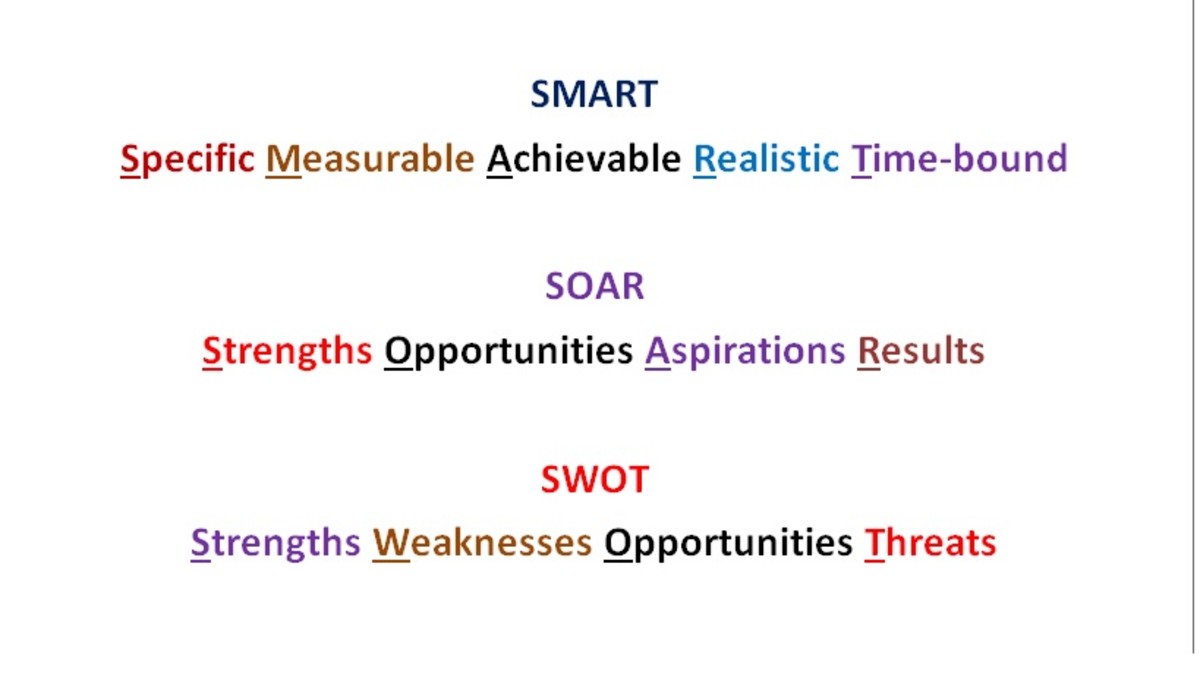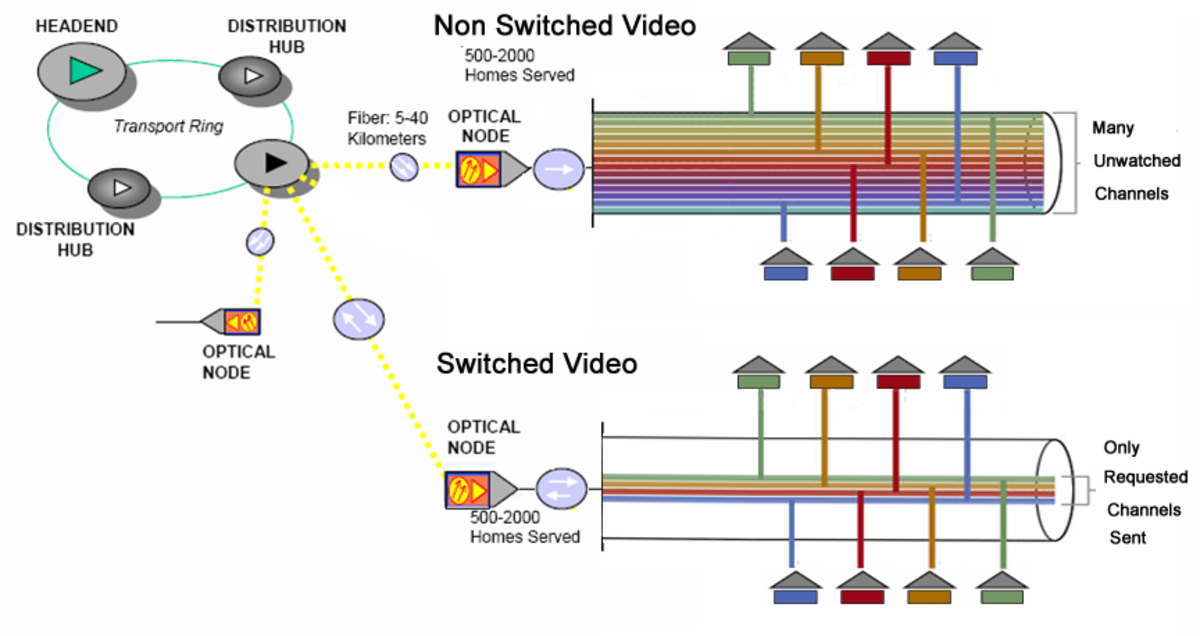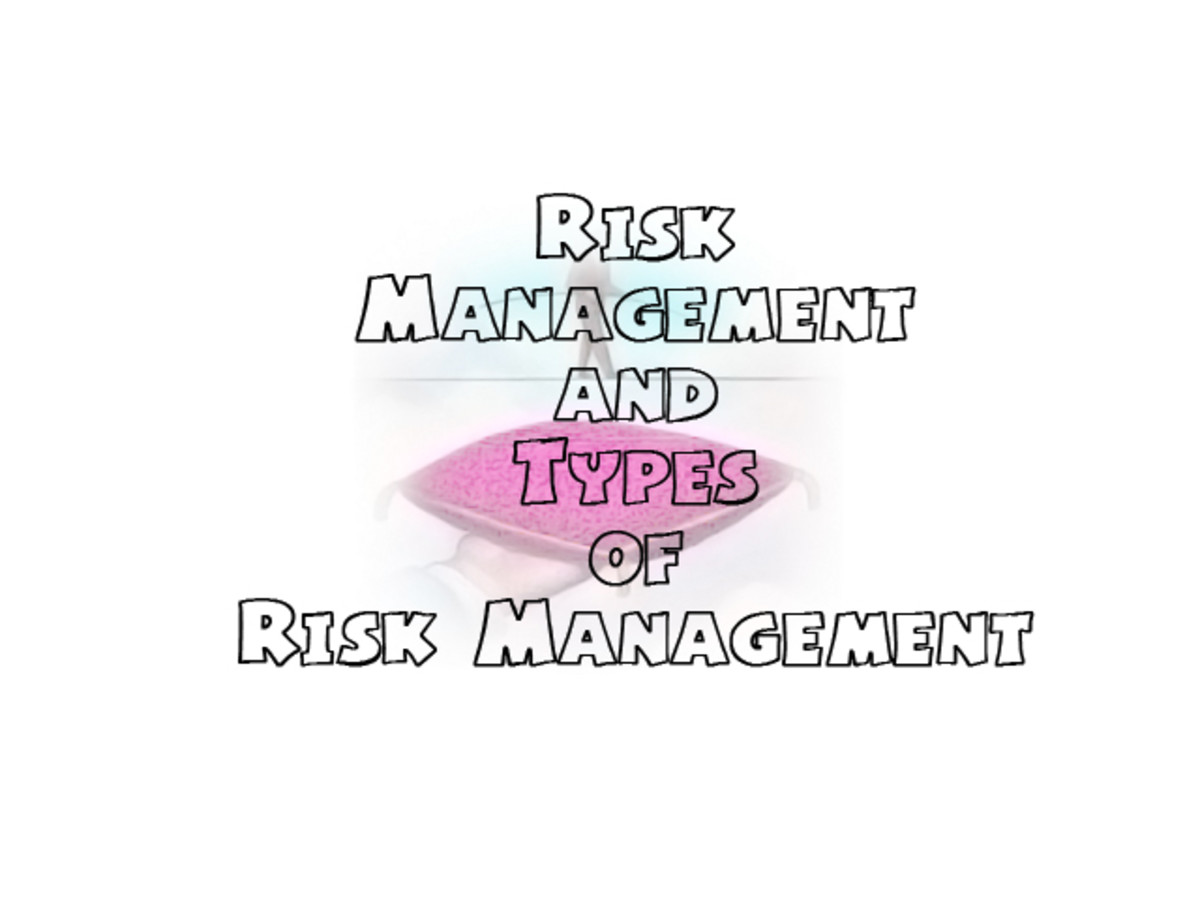Risk Treatment Plan

An effective part of the risk management plan is called the Risk treatment, which is an essential part. The risk management plan refers to the manner in which potential risks are responded. The risk management plan lists the strategies on ways to manage the various risks. For example, it states if the high or low and acceptable or unacceptable. Other than this, the plan also gives details about the responsibilities and the role of the staff members.
Risk treatment, specifically, refers to that section of the risk management where decisions are made regarding management of risks in the external or internal environment. Risk management is also referred to as risk control. There are several risk management options such as risk acceptance, risk reduction, risk avoidance and risk transfer.
There is something called as Risk Response Planning that needs to be tackled first before risk treatment can be handled. This process is explained below.
Risk Response Planning
Risk response planning is a major aspect of the risk treatment process. The risk planning referred here, is used to discuss and assess inputs such as risk profiles, risk registers and cause control matrix. At this stage, plans are devised and documented. The four different plans are as discussed below:
Avoiding Risk: The first step in Avoiding Risk is to identify the risk beforehand. This is done on the basis of the past project history and expertise. Then an evaluation of those risks that could arise at the time of start of the project is made. Lastly an action plan is devised after evaluating the relative effect of the risks.
Transferring Risk: A means of reducing the impact of a risk is through Risk transfer. A risk is mostly transferred to a third party in the case of project management and in finance. This implies that the impact of the risk is reduced to a level that the activity, project or event does not undergo any damage. There is a special unit not related to the project that carries the impact of the risk.
Mitigating Risk: Mitigating Risk is a control procedure to basically avert a risk before it can begin to make an impact and gets it to an acceptable level. An emergency plan is mostly adopted to avoid the risk.
Accepting Risk: Lastly, some risks are present which cannot be avoided. Accepting Risk plan is best suited in cases where the risk is low. For this, there is plan to determine when the project is exposed to the risk and then small adjustments are made accordingly. Acceptable risks are considered to be passive as there is no action taken on the risk.
The several existing risks and their plans are documented towards the final stage of the risk response planning process. After this, a risk register is created that contains all the details regarding the people involved in managing the risk, its priority and the time of occurrence of the risk. As stated before, risks are identified as either internal or external. Related risks are allotted to the respective people concerned.
Important Risk Management Articles
- Risk Management and Types of Risk Management
Risk management is defined as the logical development and carrying out of a plan to deal with potential losses. The risks can be financial risks, process risks, intangible risks, time risks, human risks, legal risks, and physical risks. - Principles and Process of Risk Management
Risk Management Principles; The principles of risk management have been set by several organizations. Risk Management Process; There are many associations and bodies which set down the guidelines and principles in the risk management process. - Risk Identification in Risk Management
Identifying the risk can be done at the source level or at the level of the problem itself. Source analysis means analyzing the source of the risks involved and the proper measures required for mitigation being kept in its place. - Risk Management Plan Evaluation
Assessing and Analyzing Risk Management Plans; There is no perfect risk management plan but its success depends upon proper management policies, risk analysis, planning and activities. - How to create a Risk Management Plan
Risk management plan is essential to achieve success in a project. The main aim of risk management plan is to predict risks much before implementing the project. - Risk Treatment Plan
An effective part of the risk management plan is called the Risk treatment. The risk management plan lists the strategies on ways to manage the various risks. There is something called as Risk Response Planning that needs to be tackled first before r








